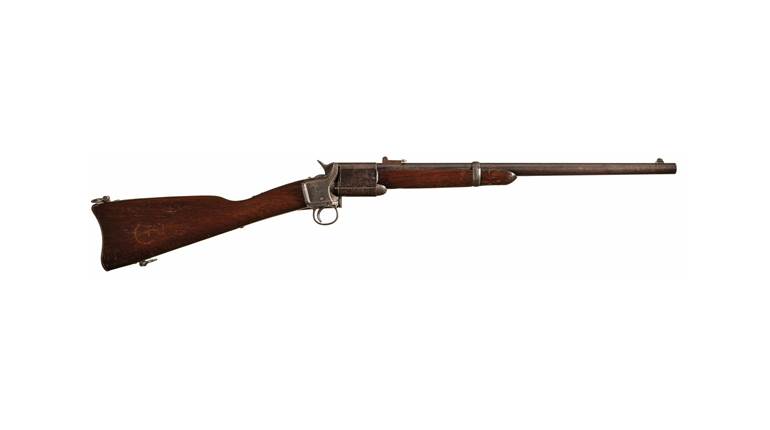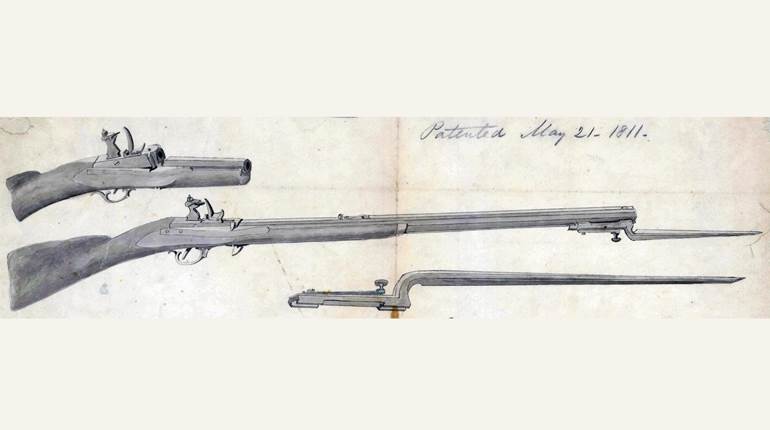
Q: My grandfather gave me this gun in 1960. Supposedly, it was used by my great-great-great-grandfather during the American Civil War. I shot it after having a gunsmith inspect it in 1960. The inside of the barrel was fair and said to be shootable. A load of 80 grains of FFg under 1 oz. of shot was said to be a safe load. I shot the gun a number of times that summer and fall and cleaned it the best I could. Now, 60-some years later, I would like to know what this gun really is.
 A: Your musket is one of thousands imported by both the North and the South during our Civil War. Yours is from a group generally called “Potsdam” muskets, named after the most common of the makers. Guns in this group were made at Prussian armories in Potsdam, Danzig, Neisse, Suhl and Saarn. Your lockplate shows manufacture in Neisse. The National Armory at Neisse originally made 51,000 arms, but there is no way to know how many of those were exported to the States.
A: Your musket is one of thousands imported by both the North and the South during our Civil War. Yours is from a group generally called “Potsdam” muskets, named after the most common of the makers. Guns in this group were made at Prussian armories in Potsdam, Danzig, Neisse, Suhl and Saarn. Your lockplate shows manufacture in Neisse. The National Armory at Neisse originally made 51,000 arms, but there is no way to know how many of those were exported to the States.
Some references show as many as 160,000 “Potsdams” shipped to the North and 52,000 to the South. Quantities vary, depending upon which reference book is consulted. The Federal Ordnance Dept. considered these to be third-class arms.
Your gun is a .72-cal. smoothbore. These were originally the Model 1809 flintlock converted to percussion, and later, around 1839, made directly in percussion. You might find the date of manufacture on the bottom of the barrel when it is removed from the stock. The crown over “FW” on your gun stands for Friedrich Wilhelm III (1770-1840). The “42” beneath the crown may be the year it was made or converted, 1842.
—Michael Carrick, Contributing Editor





































